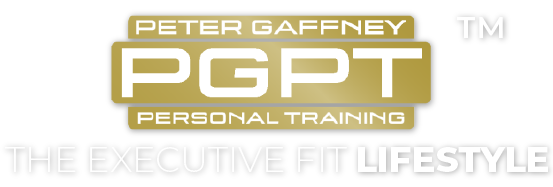Imagine that you have just begun a programme designed around losing weight:
You’ve download an app like “My Fitness Pal” to track your calorie intake and keep you in a deficit. Four weeks of religiously scanning barcodes and inputting all your food and drink later, and it’s time to step back on the scales to see just how much weight you’ve managed to shift over the last month.
You have no reason to expect anything other than weight loss, but to your horror, the scales still show the same number they showed four weeks ago! You immediately question the validity of the scales, racking your brain for excuses. Is it because you haven’t been to the toilet yet, or that you just drank a litre of water?
No. The reason is most likely that while you have been tracking everything you eat, you have not been tracking accurately. It is extremely easy to undervalue a food’s calorie content by trying to eyeball the portion size, which in turn will lead to a calorie balance (rather than deficit) and weight loss will not occur.
Tracking Calories – Breakfast & Snacking
Let’s take a look at a scenario where a day’s breakfast and snack portions are “eyeballed” vs when they are accurately measured, just to see how much of a difference this can make to calorie intake:
You start the day with a recommended portion of 30g of Shreddies with 125ml of semi-skimmed milk – great, only 206 calories. However, that wasn’t quite enough so you put a 40g slice of white bread in the toaster and when it pops up you simply spread 5g of butter on top – not to worry that’s only another 135 calories and it keeps you on track to meet your target.
You fancy a quick snack so you have a few pistachios – the packet says one 20g serving is only 116 calories so no dramas here. You’ve hit a mid-afternoon lull and need something small to perk you up – at only 66 calories, 2 tablespoons of Greek yoghurt is perfect.
You’ve managed to keep control through the day and have some calories left to play with, so after dinner you decide to treat yourself. The recommended 125ml portion of chocolate ice cream (263 calories) with 1 tablespoon of peanut butter on top (90 calories) followed by a small glass of wine (103 calories).
Excellent! Your snacks account for 978 calories of your daily intake and you were on target in hitting your calories to still be in a deficit. However, what if you incorrectly measured the portions?
The following infographic from @thefitnesschef_ shows just how easy it can be for 978 calories to turn into well over 2000 calories, wipe out your calorie deficit and negate any weight loss for the day:

As you can see, the recommended portion size of Shreddies is tiny and without measuring, one could easily pour a bowl similar to the right hand side where the calories have more than doubled.
When looking at the toast and butter we can clearly see that incorrectly guessing the amount of butter rather than weighing it results in a huge calorie increase and when dealing with such small quantities this is easily done.
Much like the cereal, the 2 tablespoons of Greek yoghurt (as shown on the left) is far from the serving size that, without measuring, most of us would put in a bowl.
What Else Can Be Done?
Two important foods to take note of are the pistachios and the peanut butter, as nut-based foods like these are where we often see clients undervaluing their portion’s calorie content. Nuts are high in fat and as such are calorie-dense, which means that only estimating a handful of nuts or tablespoon of nut butter could be problematic.
The following infographic from @change_begins_with_you shows what 100 calories looks like in terms of various nuts, and as you can see, it is not a lot. Whilst counting nuts out of a packet rather than just grabbing a handful might seem like a hassle, it will save you from accidentally overshooting your calorie target.

Remember, this isn’t even a full day of eating so just think at how many extra calories would be consumed if this was scaled up to include lunch and dinner!
Why Measuring is Important
Now, this scenario might be slightly excessive, but it does highlight how we might have a slightly distorted view of what 20g of this or two tablespoons of that looks like. In order to take your calorie deficit seriously, it is so important to accurately measure everything you’re putting into your calorie tracker, until you are 100% confident with gauging weights and measurements.
On a side note, for those of you with young children, another easy way to accidentally undervalue your calorie intake for the day is to eat their food without realising. One example of this would be eating some of their meal or snack to encourage them to eat it. Even on a one-off, this will still result in untracked calories and when you then start doing it at three meals a day, multiple times a meal you could potentially be consuming enough untracked calories to wipe out your deficit.
It’s pretty simple, if you think you’re in a calorie deficit but you’re not losing weight, you’re probably eating more than you think. Forget the excuses about having too many carbs or not enough protein; it ultimately comes down to energy balance and ensuring that you remain in a calorie deficit.
Measure. Weigh. Succeed.
Joe Dynes


